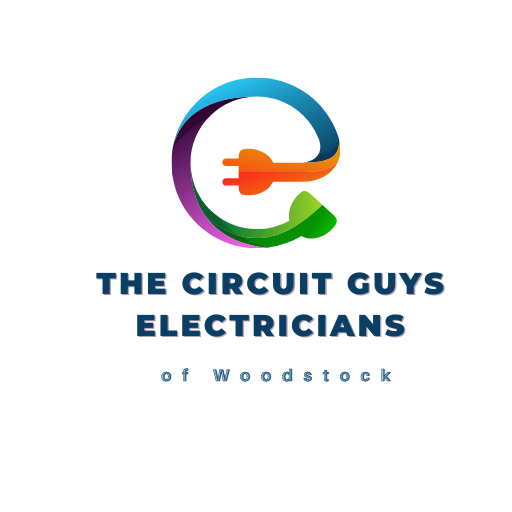In any home, there are bound to be some electrical issues from time to time. Even if you’ve done everything right and have read all the labels on your appliances and light fixtures, you might find that your home is not as “green” as you thought. Even if you’ve done everything right and have read all the labels on your appliances and light fixtures, you might find that your home is not as “green” as you thought. With so many wires and devices, it’s easy to make a mistake when it comes to installing new lighting or appliances. However, electrical problems do not have to be scary or expensive. The good news is that most problems can be fixed with a little bit of know-how and a few basic tools. Here we’ll discuss some of the most common electrical problems you may encounter in your home—and how you can fix them easily with the right solutions.
Fading Lights and Outages
If you’ve been experiencing flickering lights, frequent power outages, or a general loss of electricity, there are a few potential causes. The first thing to do is check the breaker box. Make sure the breakers for the areas you’ve identified as problematic are shut off. If they are, move on to the next step. If the breakers are not the problem, then the next step is to check the fuses or circuit breakers. These are typically found in a box near the main breaker. If the fuses or breakers are not the problem, then the next step is to check the wires leading into your home. Make sure they are not frayed or damaged. If they are intact, then the problem may be with the transformer near the main power lines. If the transformer seems to be in good condition, then the problem may be with the power lines.
Gaps in Wiring and Breakers
You may have noticed that your home has blackouts or frequent power interruptions. Or you may have noticed that your appliances have tripped breakers. These problems are often caused by loose connections, damaged wires, or overloaded circuits. Loose connections are typically caused by wires that are too long or wires that have been damaged over time.Damaged wires can be a result of water damage or animal damage. Overloaded circuits can be a result of too many appliances plugged in at once or not enough outlets in certain areas of your home. You can easily fix these problems by repairing the wires and installing new circuit breakers. You can also use metal conduit to protect wires from damage.
Wrong Wiring and Overloaded Outlets
Wiring errors are often caused by contractors installing new wiring without following proper codes. This can lead to overloaded outlets, tripped breakers, and other electrical problems. You can easily fix this problem by hiring an electrician to inspect your wires and install new wires as needed.You can also use a multimeter to check for overloaded outlets. Simply plug a small light into each outlet, then check the amount of power flowing from the light. If the light in one outlet is much brighter than the others, then the outlet is overloaded. If you have a large family, you may want to consider switching to a larger electrical panel to spread out the load.
Ground Faults
If you’ve noticed that your appliances or lights are not working, or if you’ve experienced a shock or a spike in your electricity bill, then you may have a ground fault. A ground fault is when electricity travels from the hot wires to the ground instead of the neutral wires. This can happen when the wires are not properly insulated, or when there is damage to the wires.To test for a ground fault, plug in a lamp or appliance and see if the lamp dims or shuts off. If it dims, then the lamp is a sign of a ground fault. You can easily fix this problem by repairing the wires or installing new wires.
Wiring Problems
Wiring problems are often caused by contractors installing new wiring without following proper codes. This can lead to overloaded outlets, tripped breakers, and other electrical problems. You can easily fix this problem by hiring an electrician to inspect your wires and install new wires as needed.You can also use a multimeter to check for overloaded outlets. Simply plug a small light into each outlet, then check the amount of power flowing from the light. If the light in one outlet is much brighter than the others, then the outlet is overloaded. If you have a large family, you may want to consider switching to a larger electrical panel to spread out the load.
Lighting Problems
Lighting problems can be caused by a variety of issues, including faulty bulbs, burned out sockets, or damaged wires. You can easily fix this problem by replacing the bulbs or sockets, or by repairing the wires.You can also use a multimeter to check for faulty bulbs. Simply plug in a lamp, then check the amount of power flowing from the lamp. If the lamp is much dimmer than normal, then the bulb is faulty.
Final Words
There are many potential causes for electrical problems, but with the right tools and knowledge, they can be fixed easily. The best thing to do when you experience an electrical problem is to get help. It’s best to call a professional electrician because they have the tools and knowledge to solve any problem. If you have the tools and knowledge, you can try to fix the problem yourself. However, if the problem is too difficult to fix, then it’s best to call a professional.
